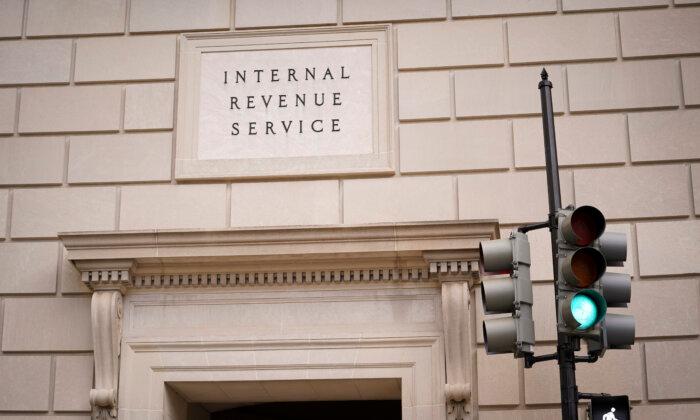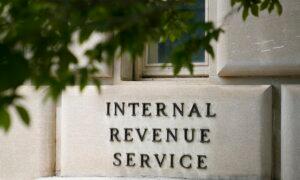The Internal Revenue Service (IRS) issued a reminder to low- and moderate-income taxpayers that they can save more in taxes next year by taking advantage of a “special” tax credit.
As such, the maximum Saver’s Credit for an individual will be 50 percent of $2,000 or $1,000. For married couples filing jointly, the contribution limit is set at $4,000, with the maximum Saver’s Credit at $2,000.
Individuals with workplace retirement accounts like 401(k), 403(b), governmental 457 plan, and Thrift Savings Plan (TSP) have time until Dec. 31 to contribute to such accounts and qualify for the credit.
In addition to income limits, taxpayers should be above 18 and must not claim the credit as a dependent or student in order to be eligible for Saver’s Credit.
As Saver’s Credit is a tax credit, it will have a different impact on taxes owed compared to tax deductions. While deductions reduce the taxable income, a tax credit directly reduces the amount of taxes owed.
For example, if an individual earns $20,000 in income and qualifies for a tax of 12 percent, the total tax owed will come to $2,400.
A tax deduction of $1,000 will reduce the taxable income from $20,000 to $19,000. As such, the taxes owed will be 12 percent of $19,000 or $2,280.
Income Limits
The income limits used to calculate the credits will be based on the adjustable gross income (AGI) of the individual. AGI is the total of a person’s income minus certain eligible deductions.The incomes used for calculation are money earned via employment, investment, real estate, social security, businesses, pensions, farms, and unemployment benefits.
Deductions will include contributions for retirement plans, student loan interest, tuition and fees, certain business expenses, and contributions toward a health savings account (HSA).
- For an individual taxpayer, an AGI of $21,750 and below gets them a 50 percent Saver’s Credit, which drops to 20 percent for AGI between $21,751 and $23,750, then to 10 percent for AGI between $23,751 and $36,500, and finally disqualifies them for an AGI of over $36,500.
- For married couples filing jointly, 50 percent credit is applicable if their AGI is not more than $43,500; 20 percent for an AGI between $43,501 and $47,500; and 10 percent in case the contribution is between $47,501 and $73,000.
- Heads of households become eligible for a 50 percent credit for an AGI that is not more than $32,625, which drops to 20 percent for an AGI between $32,626 and $35,625, and then to 10 percent for AGI between $35,626 and $54,750.
For example, if an individual owes $700 in taxes and is qualified for $1,000 in Saver’s Credit, their $700 in tax dues will be wiped off. However, this won’t mean they will get a refund for the remaining $300 in credit.
In case of failure to pay the taxes on time, the penalty is 0.5 percent of the unpaid taxes per month, which can accrue to a maximum of 25 percent.
There are seven income tax brackets for the 2023 tax year. The lowest marginal tax is 10 percent, which applies to single filers making up to $11,000 annually or married individuals filing jointly making up to $22,000 annually.
The highest marginal tax rate is 37 percent—applicable to single filers making $578,125 or more in a single year. For married individuals who file jointly, the rate is applicable when the annual income is $693,750 or more.







